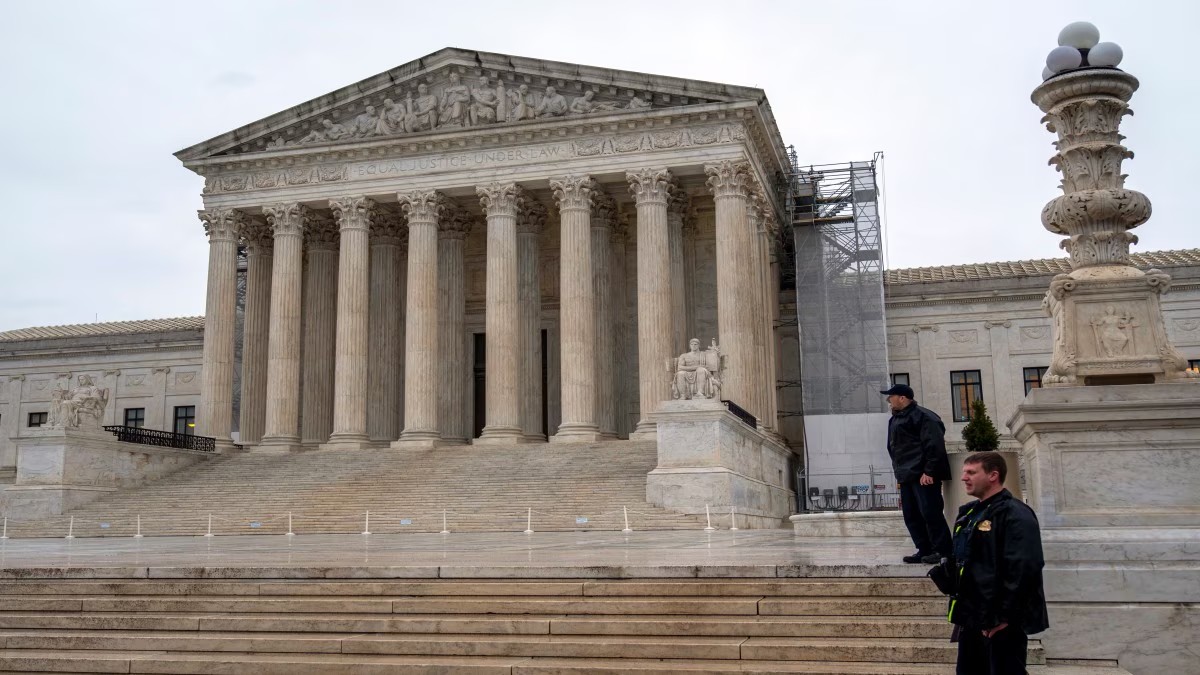As the US government shutdown continues, the country’s Supreme Court said that it will be running out of funds by early next week. The nation’s top court “expects to run out of funding on October 18,” Patricia McCabe, Supreme Court public information officer, told The Hill. Apart from this, federal courts across the US will also run out of money due to the government shutdown.
“As a result, the Supreme Court Building will be closed to the public until further notice. The building will remain open for official business,” McCabe continued. “The Supreme Court will continue to conduct essential work such as hearing oral arguments, issuing orders and opinions, processing case filings, and providing police and building support needed for those operations.”
On Friday, the Administrative Office of the US courts noted that the Federal Courts are expected to see their funds dry up by October 20 if the government shutdown persists. “Federal judges will continue to serve, in accordance with the Constitution, but court staff may only perform certain excepted activities permitted under the Anti-Deficiency Act ,” the office said in a statement.
It is pertinent to note that expected activities would include work needed to perform constitutional functions for the safety of human life and the protection of property. And all these activities will be performed without pay. The statement of the office maintained that “staff members not performing expected work will be furloughed.”
Why it matters
The money meant for jury programs will continue to operate, and jurors will follow court instructions as directed. Additionally, case information available through the Public Access to Court Electronic Records will continue to be in operation for filing documents.
Federal courts will be able to perform “limited additional work” using court fee balances and any other funding that does not rely on new congressional appropriation. The statment noted that the limited work can be done the weekend before the funding runs out on Monday.
Impact Shorts
More ShortsIndividual courts will determine which cases can continue on schedule and which cases can be delayed. How the federal courts operate is up to each one of the 94 federal judicial districts in the country. Apart from this, future operations could also depend on the staffing resources necessary.
It is still unclear when the shutdown, which began on October 1, will be over. As of now, Democrats and Republicans have not agreed on a new bill to fund the government, with the Democrats blocking the House GOP proposal since it does not extend health care subsidies under the Affordable Care Act that will expire at the end of the year.
)